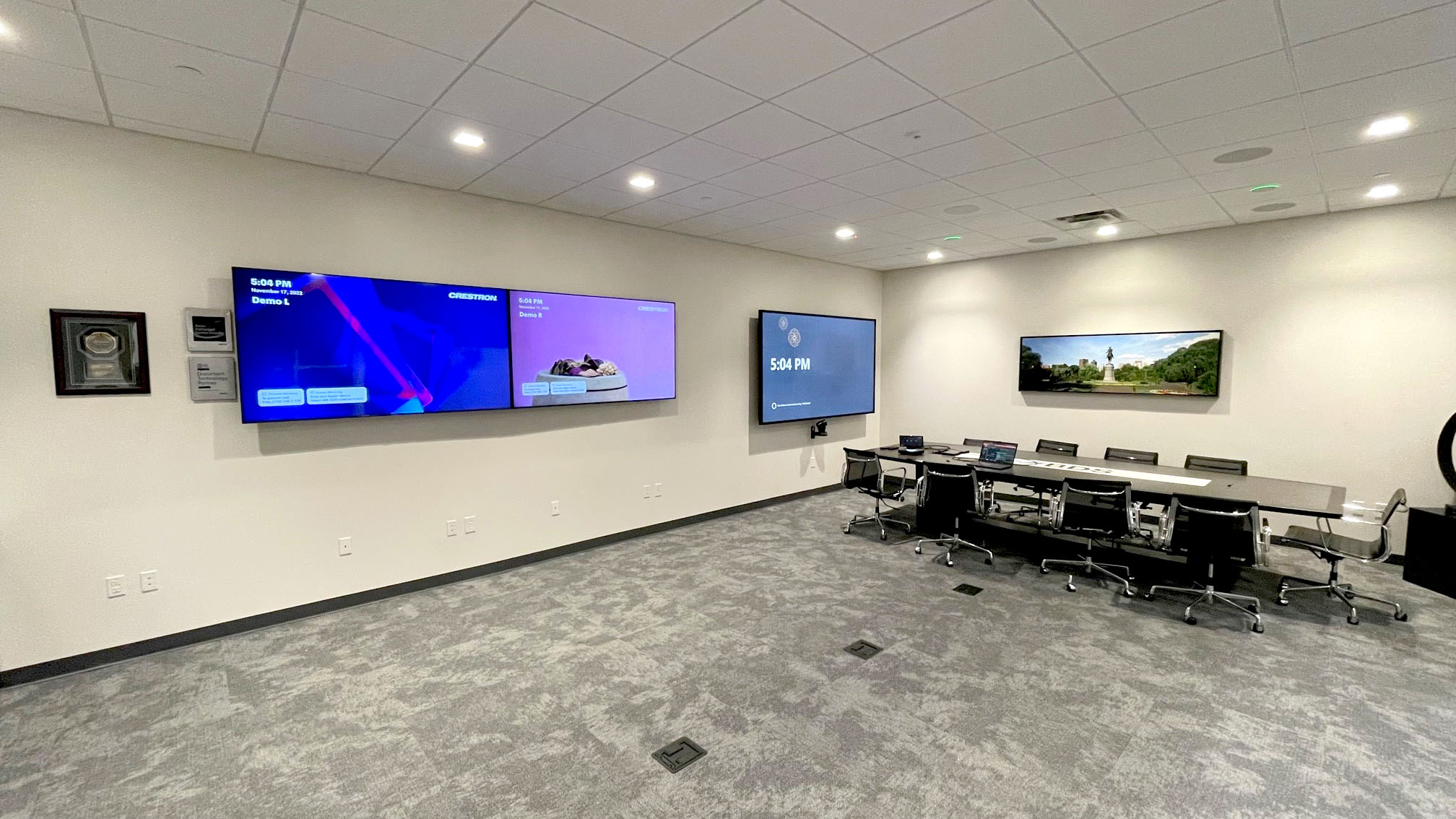Exploring the Evolution of Electronic Display Tech and Its Impact on Setup Methods
Wiki Article
Electronic signage technology has come a long way since its beginning. At first, displays were static and needed manual updates, which could be time-consuming and challenging. With the advancement of technology, digital signage has evolved into a flexible and engaging medium. Currently, screens can exhibit lively graphics, videos, and live data, making them more engaging for viewers. This transformation has not only altered how information is displayed but has also transformed the way companies and entities communicate with their customers.

One of the key developments in digital signage solutions is the utilization of HD displays. These displays offer better resolution and hue accuracy, which enhances the overall observing experience. Additionally, the introduction of light-emitting diode and LCD systems has made it possible to produce slimmer and lighter screens. This has enabled for more versatile setup choices, such as wall mounting, suspending, or even freestanding displays. As a result, companies can choose the best configuration that suits their space and customer requirements, making digital signage a adaptable solution for different settings.
Another significant advancement is the integration of content administration systems (CMS). These platforms allow users to quickly develop, schedule, and manage material across multiple displays from a single platform. This feature is particularly beneficial for businesses with several sites, as it ensures consistent messaging and identity. Furthermore, many CMS systems offer cloud-based solutions, enabling remote access and real-time modifications. This means that companies can promptly respond to changes in information or offers, maintaining their material fresh and relevant.
The effect of digital signage solutions on installation methods cannot be ignored. With the rise of engaging screens and touch displays, installation has become more complex. Installers must now take into account elements such as cabling, networking, and customer engagement. Additionally, the need for appropriate mounting and positioning is essential to ensure optimal visibility and approachability. As a result, professional installation solutions have become increasingly important, as they bring expertise this link in both systems and aesthetics to develop impactful digital signage solutions.
In conclusion, the evolution of digital signage technology has significantly impacted installation practices and the way information is shared. With improvements in display systems, media management systems, and installation methods, companies can develop engaging and effective signage that captures the focus of their viewers. As digital signage continues to grow and develop, it will certainly play a crucial role in shaping the prospects of communication in various sectors.